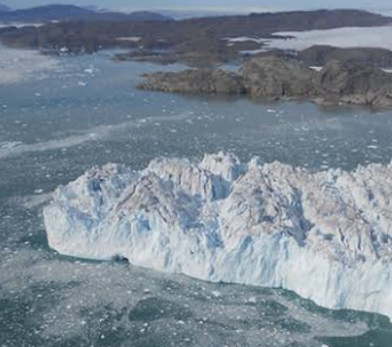Concerning flows on icy peak
 Rain is falling on Greenland's highest point for the first time on record.
Rain is falling on Greenland's highest point for the first time on record.
The world's second-largest ice sheet, after Antarctica, experienced several hours of rainfall on August 14 at its 3,216-metre summit. A total of 7 billion tonnes of rain fell on Greenland over three days, from August 14-16 — its largest volume since records began in 1950.
Glaciologist Indrani Das says rain on the ice cap is a bad sign.
“That's not a healthy sign for an ice sheet,” she told reporters.
“Water on ice is bad. It makes the ice sheet more prone to surface melt.”
The temperature reached above freezing levels for around nine hours during the rainfall - the third time it has been above freezing in the past decade.
The situation led to a surface ice mass loss on August 15 that was seven times above the average for mid-August.
It came after Greenland experienced a massive melting event in late July, which were both caused by air circulation patterns that send warm, moist air over the island. Ice that had been built up over millennia was destroyed in just decades.
The events have been characterised as among the many loud alarm bells signalling the need to reduce greenhouse gas emissions.








 Print
Print